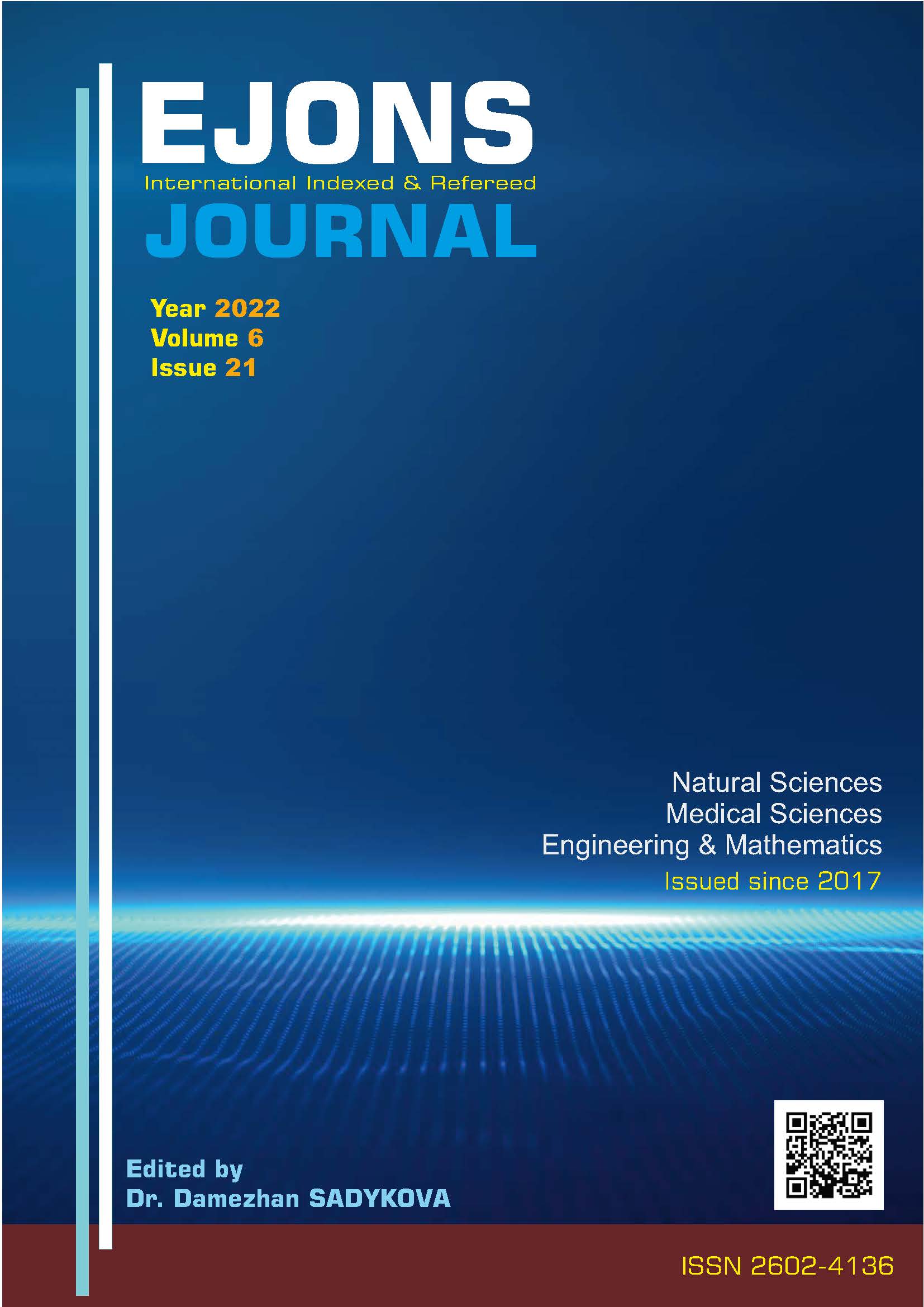TX ARI: THE SEMI-DETACHED ECLIPSING BINARY STAR SYSTEM WITH A POSSIBLE THIRD COMPONENT
DOI:
https://doi.org/10.38063/ejons.552Keywords:
Stars, eclipsing binary stars, TX AriAbstract
Although eclipsing binary star system TX Ari was observed by several observational missions, there has been no detailed photometric study on the system so far. Using the All-Sky Automated Survey for Supernovae (ASAS-SN) observations of TX Ari, which were made in the V filter, the light curve solution of the system is presented for the first time in this study. As a result of the solution, it was concluded that the system is a semi-detached eclipsing binary star system. The mass and radius values of the primary and secondary components forming the system were estimated as M_1=1.85±0.19 M?, R_1=2.73±0.19 R? and M_2=0.44±0.15 M?, R_2=3.07±0.47R?, respectively. Using observations of TX Ari system given in the literature, 11 new minima times of the system were calculated. Orbital period analysis is also presented for the first time in this study, using all the minima times calculated in this study together with the minima times of the system published in the literature. O-C method was used in the orbital period analysis. As a result of the period analysis, it was determined that the orbital period of the system increased continuously with a rate of 0.066±0.013 s/year. This increase in the orbital period is explained by the non-conservative mass transfer mechanism from the secondary component to the primary component. In addition, a cyclical change with a period of 17.4±1.3 years was detected in the O-C diagram of the system. Assuming that the cyclical change is caused by a third body, which is physically bound to the system, the mass function of the third body is calculated as f(M_3)=0.01249±0.00028 M?.
Downloads
Published
How to Cite
Issue
Section
License

This work is licensed under a Creative Commons Attribution-NonCommercial 4.0 International License.


